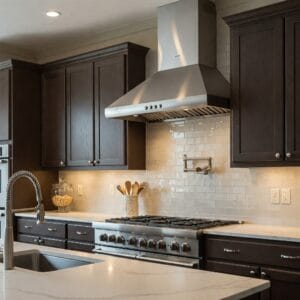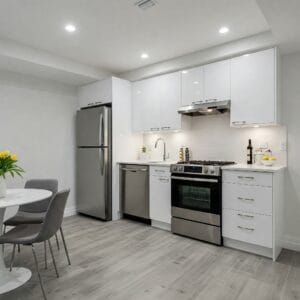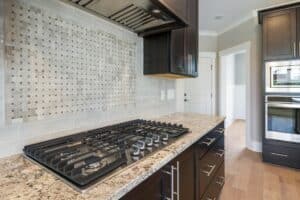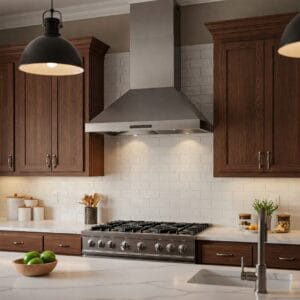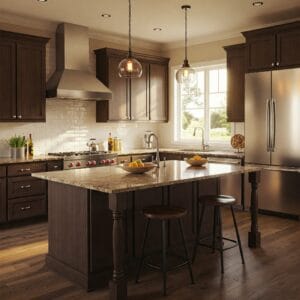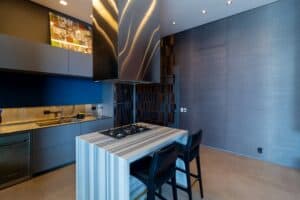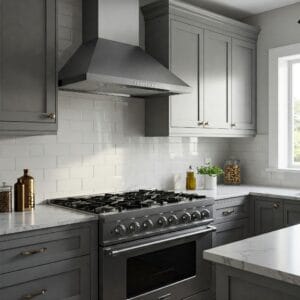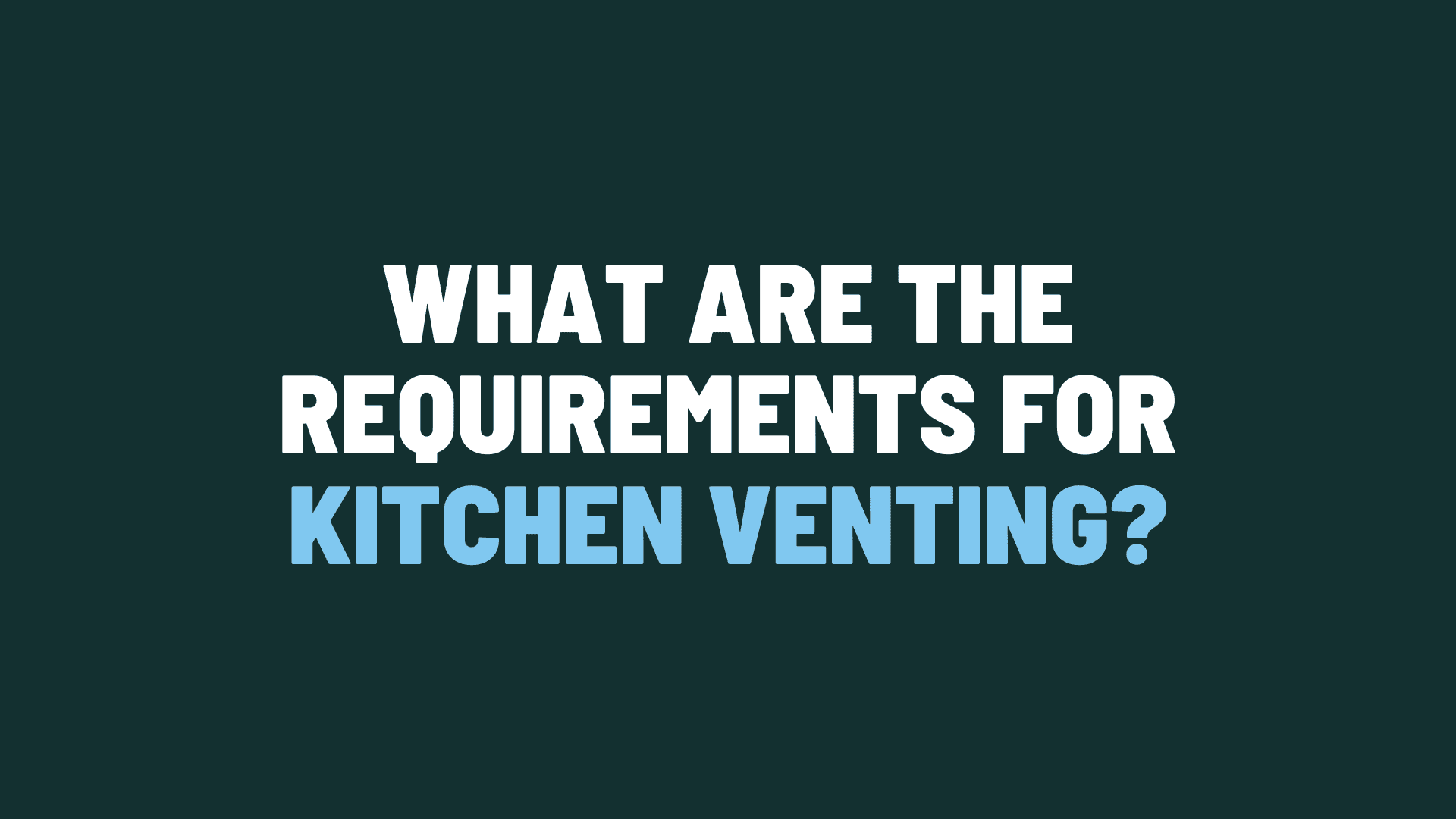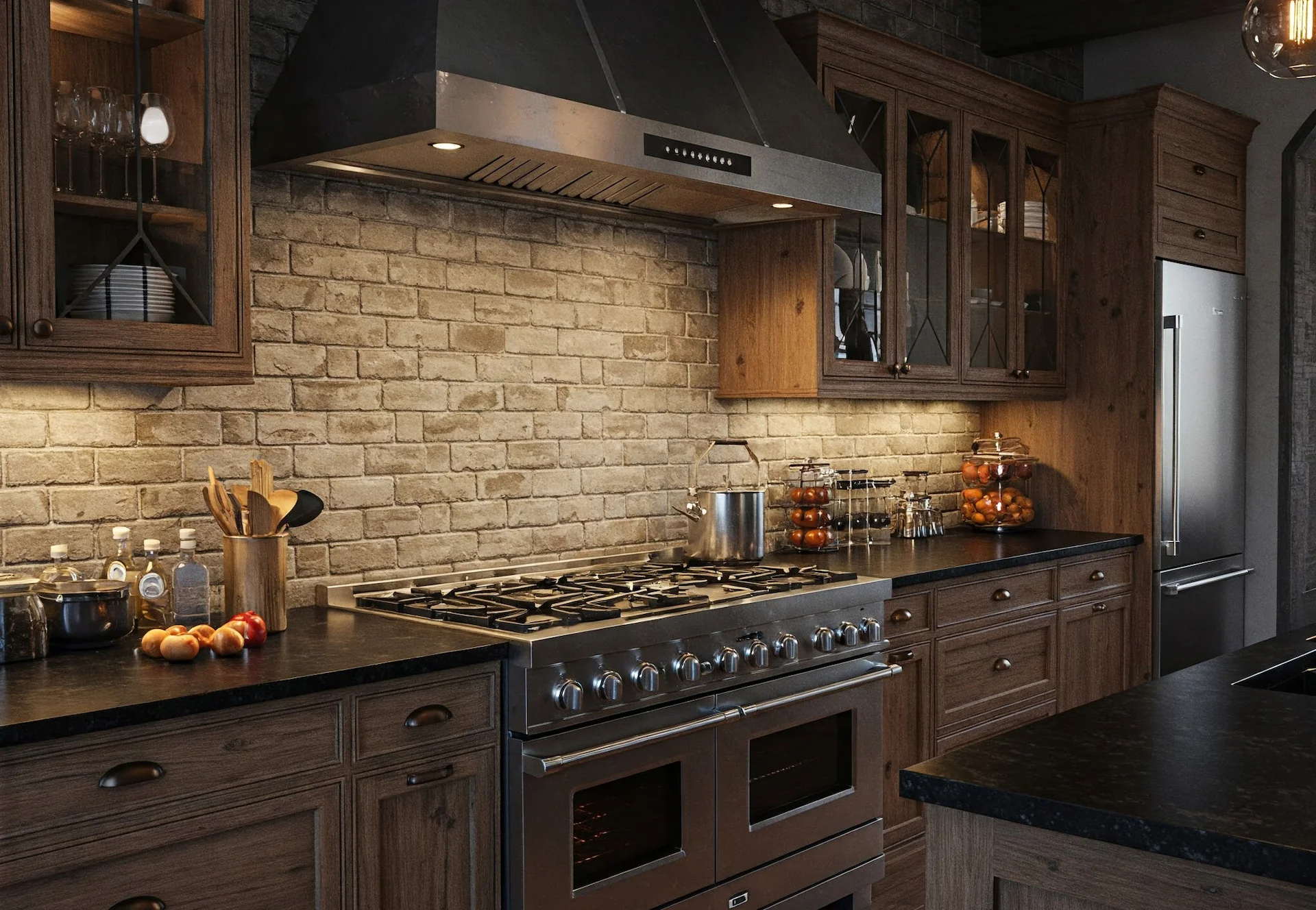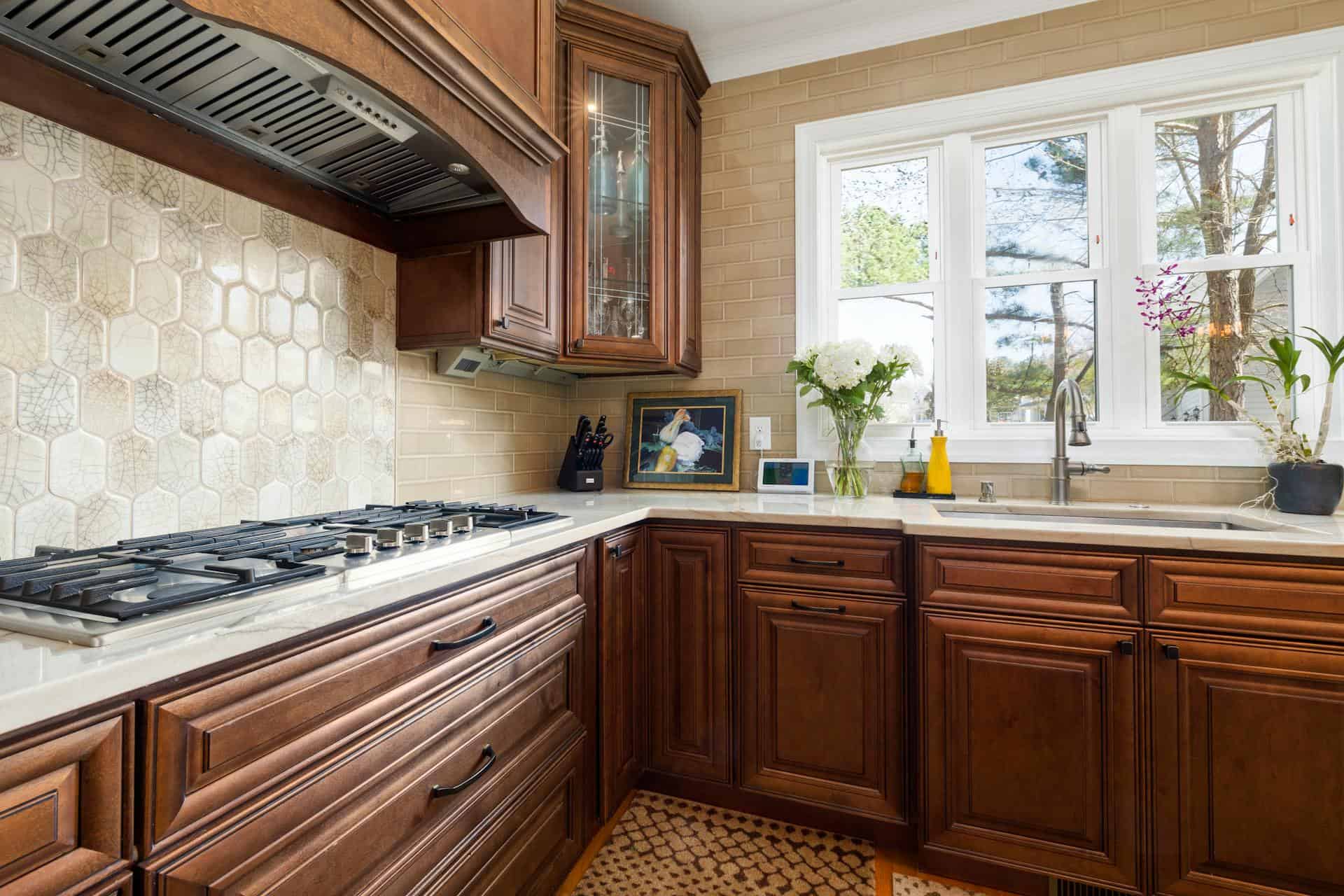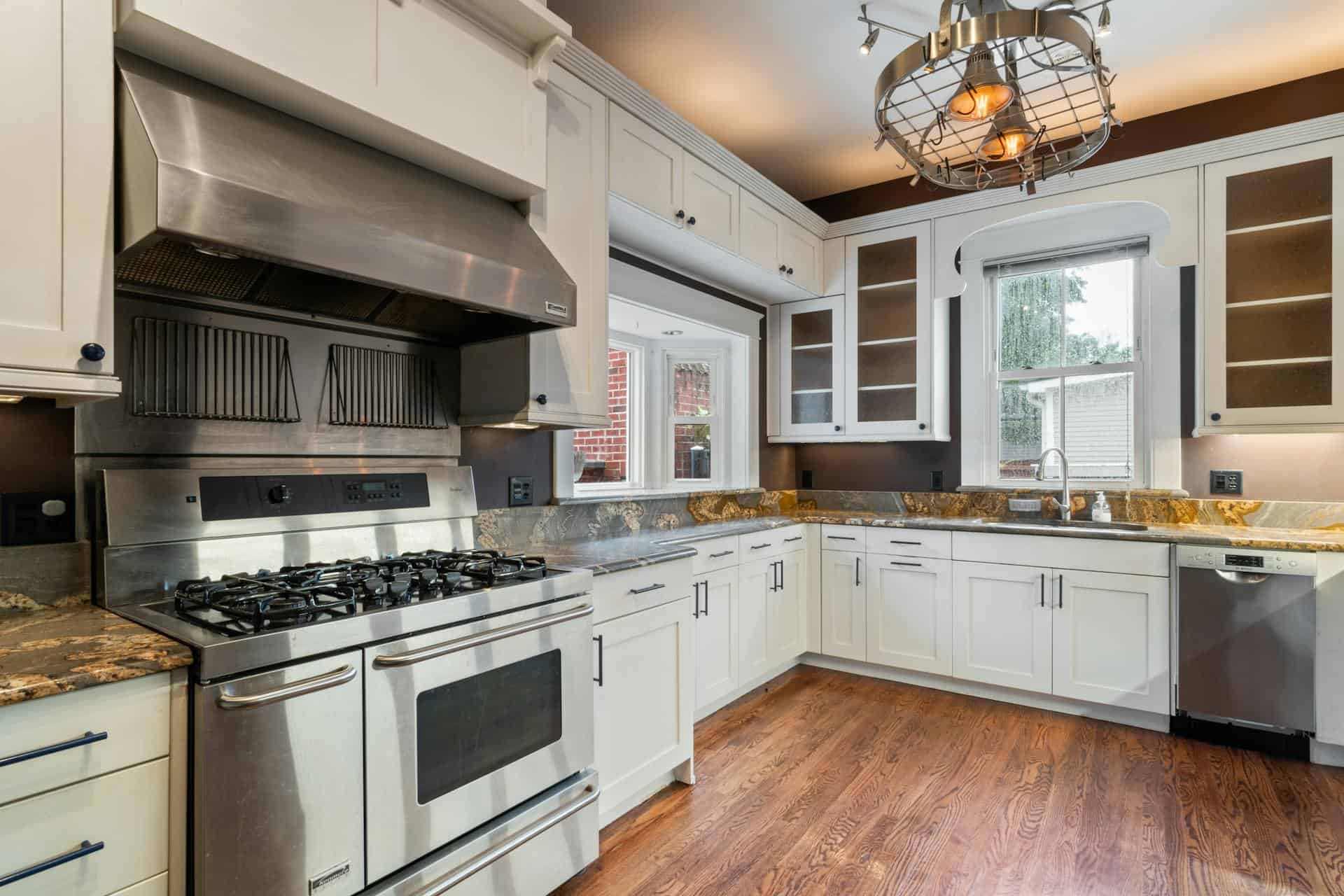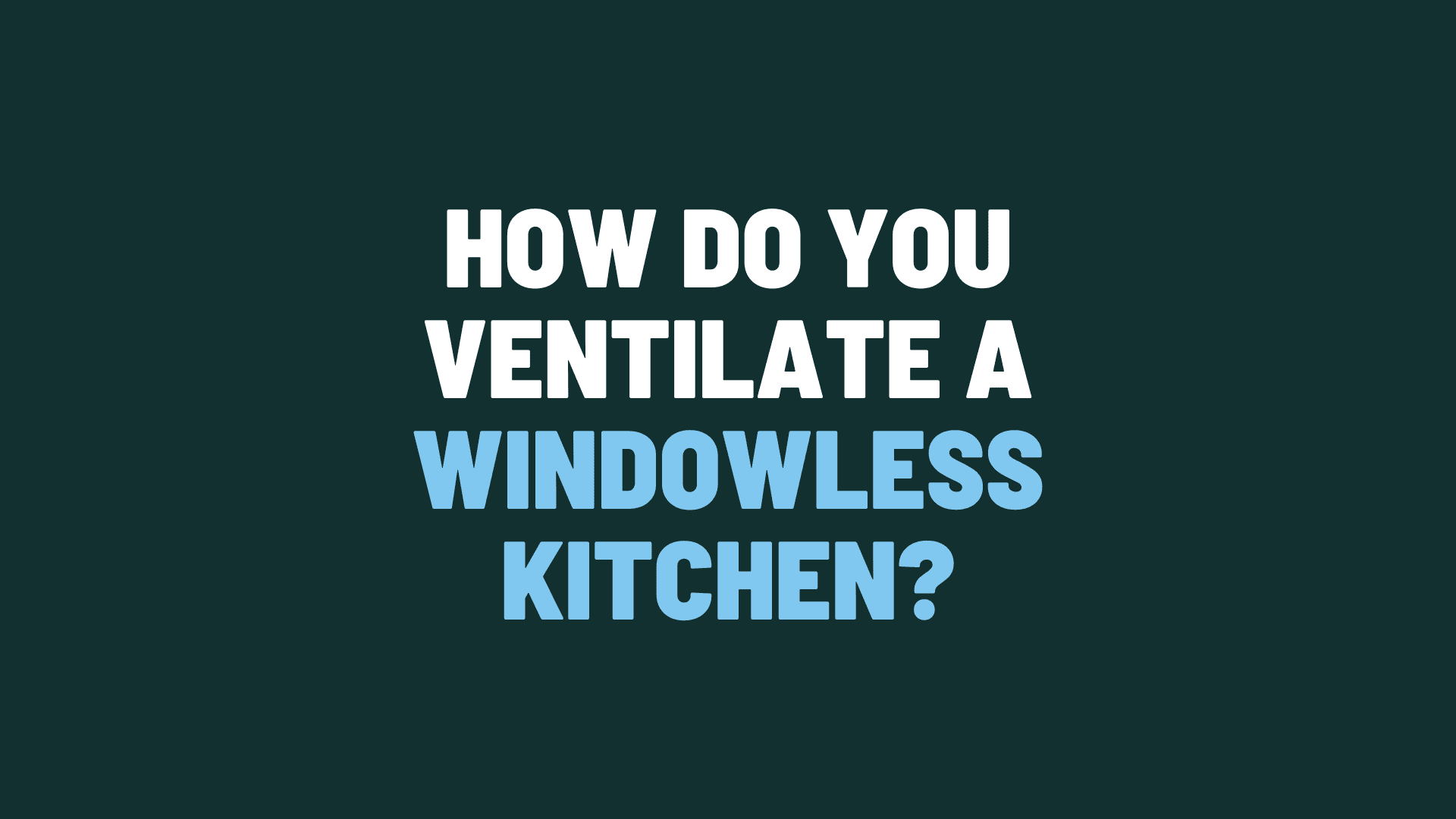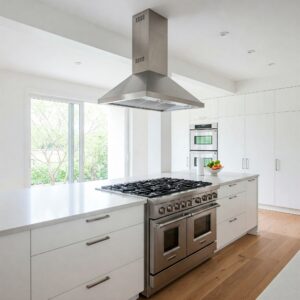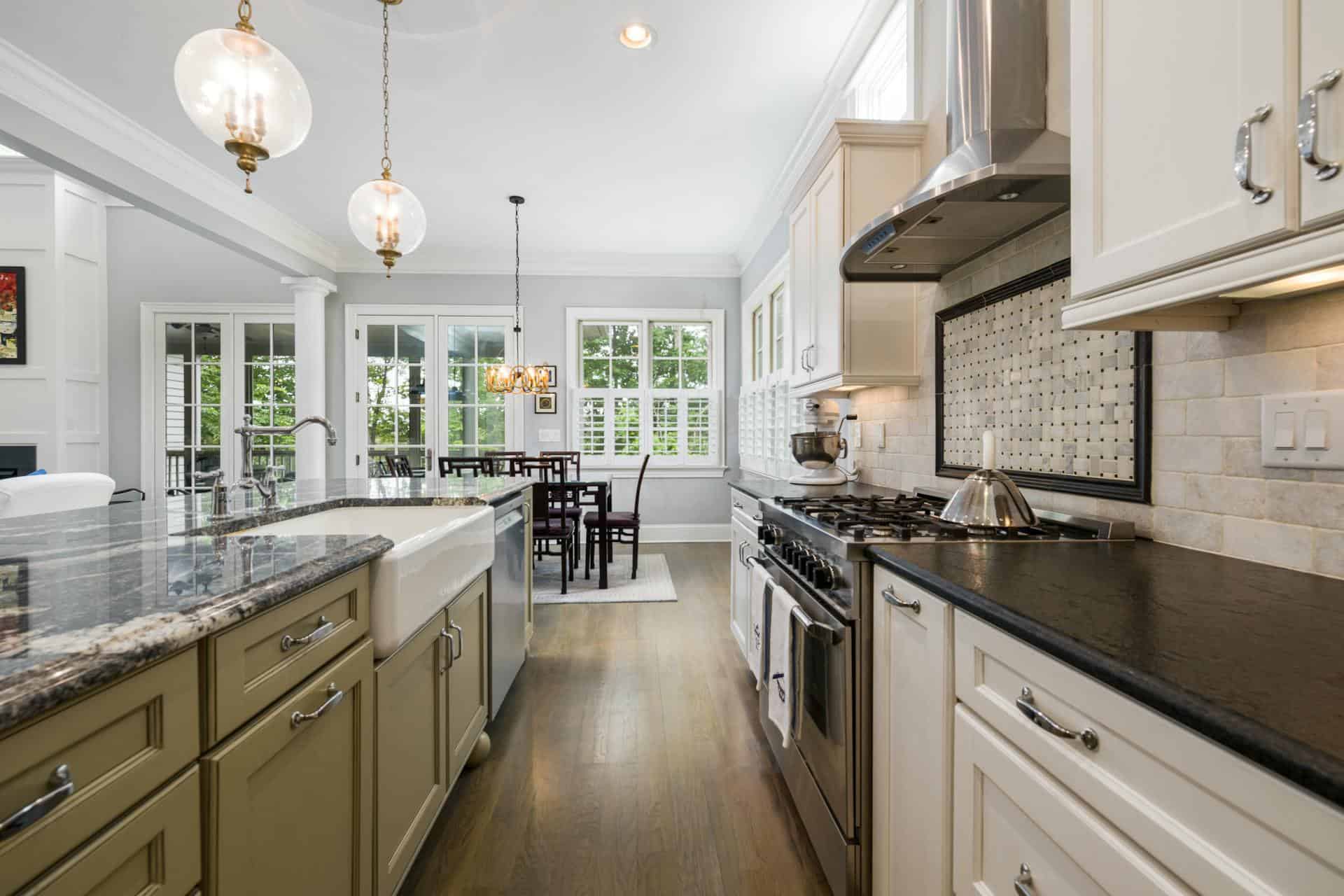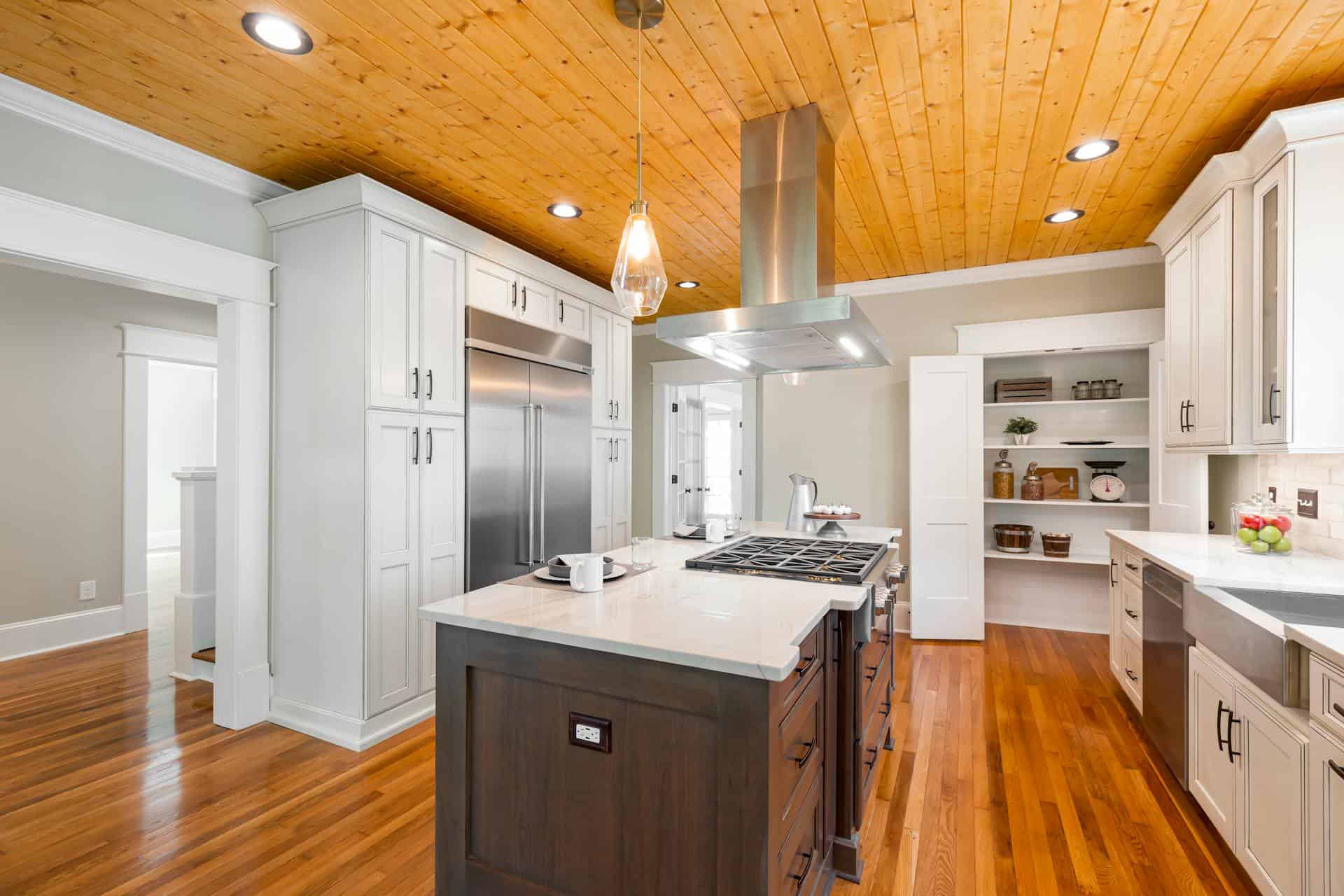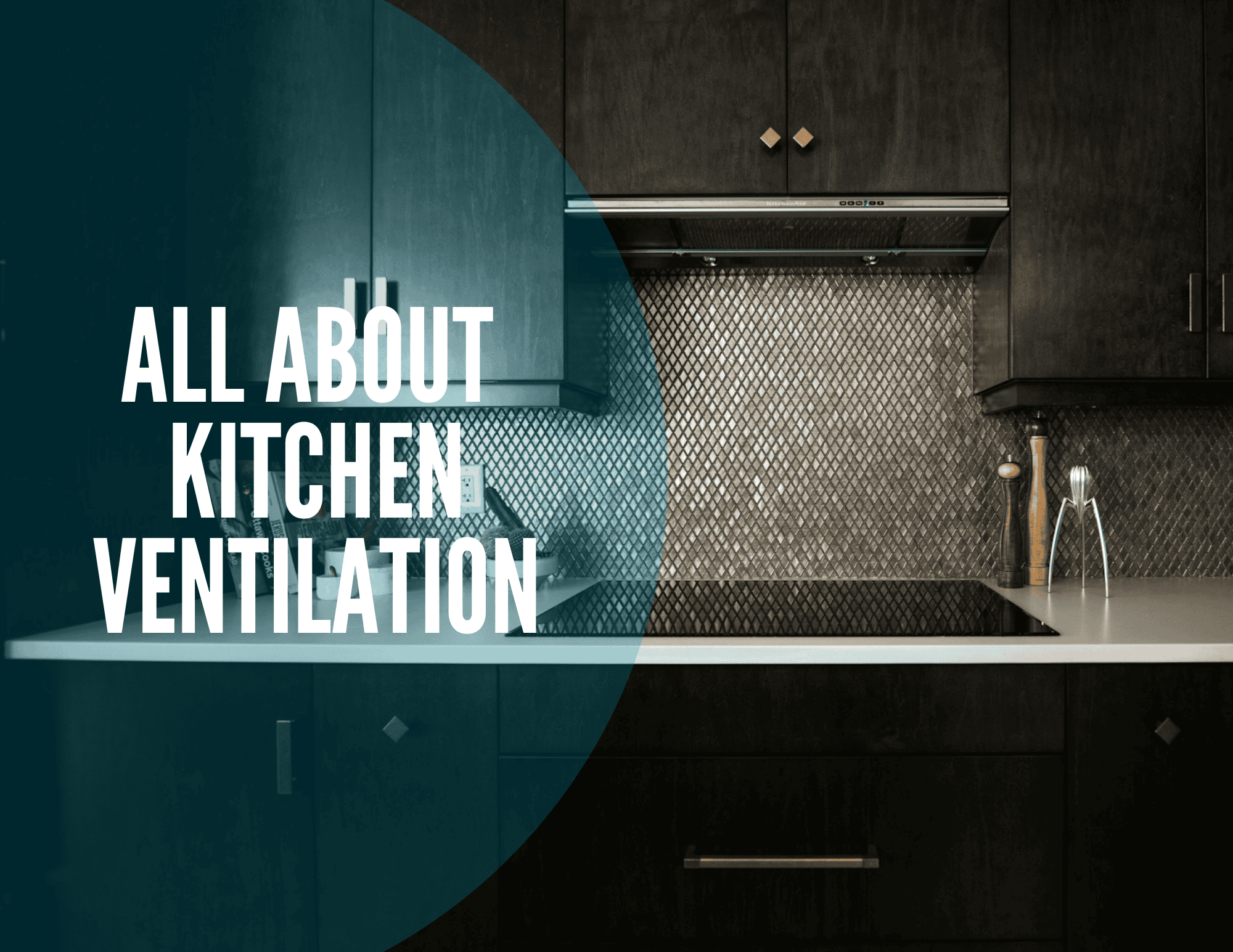
Clean Kitchen Air: The Importance of Ventilation
Kitchen ventilation removes cooking odors, smoke, grease, and excess moisture. It improves indoor air quality and protects your home. This guide covers the essential aspects of kitchen ventilation: types, selection, installation, and maintenance. Discover how proper ventilation creates a healthier and more comfortable kitchen.
Types of Kitchen Ventilation Systems
Several ventilation systems exist, each with unique features and benefits.
Range Hoods:
Range hoods mount above the cooktop, capturing pollutants at the source. They come in various styles, including under-cabinet, wall-mounted, and island hoods.Downdraft Systems:
Downdraft systems pull air down through vents located behind or alongside the cooktop. They offer a discreet option for kitchens with limited overhead space.Microwave-Hood Combinations:
These units combine a microwave oven with a built-in ventilation system, saving space and simplifying installation.Exterior Fans:
Exterior fans exhaust air directly outside the home, providing powerful ventilation for large kitchens or frequent cooking. They are often integrated with range hoods or other systems.
Each system offers different features. Consider cooking habits, kitchen layout, and budget when selecting a system.
Click the link to learn more about Blue Kitchen Refacing
Related Article: What is the Best Way To Ventilate a Kitchen?
Installation Best Practices
Correct installation ensures effective ventilation system performance.
Professional Installation:
Consider professional installation for complex systems or challenging setups.Ductwork Considerations:
Install ductwork with smooth interior surfaces and minimal bends. Use the correct duct size for the ventilation system’s CFM rating. Vent the ductwork directly to the outside to prevent recirculating pollutants.Electrical Connections:
Connect the ventilation system to a dedicated electrical circuit. Ensure the circuit’s amperage matches the system’s requirements. Follow local electrical codes for safe and compliant installation.
Proper installation maximizes system efficiency and longevity.
Related Article: What Ventilation is Required in a Kitchen?
Related Article: What Ventilation is Used in the Kitchen?
Maintaining Your Ventilation System
Regular maintenance keeps your ventilation system running smoothly. Clean or replace filters according to manufacturer recommendations.
Filter Cleaning:
Clean grease filters regularly. Soaking filters in hot, soapy water removes grease buildup. Some filters are dishwasher-safe.Fan Cleaning:
Clean fan blades periodically. Use a degreaser to remove grease and dirt. Wipe the fan housing to remove dust and debris.Ductwork Inspection:
Inspect ductwork for leaks or blockages. Repair or replace damaged sections as needed. Professional duct cleaning services can remove built-up grease and debris.
Regular cleaning prevents grease buildup and ensures optimal airflow, extending your ventilation system’s lifespan.
Related Article: What is the Alternative To an Exhaust Fan in the Kitchen?
Related Article: How Do You Vent a Kitchen Without a Vent?
Ventilation and a Healthy Home
Effective kitchen ventilation creates a healthier home environment.
Improved Indoor Air Quality:
Ventilation removes pollutants, reducing respiratory irritants and health risks.Odor Control:
Ventilation eliminates cooking odors, keeping your home fresh.Moisture Removal:
Ventilation reduces humidity levels, preventing mold growth and structural damage.Safety Enhancement:
Ventilation removes combustion byproducts from gas cooktops, improving safety.
These benefits make proper ventilation an essential component of a healthy home.
Conclusion
Kitchen ventilation is crucial for a healthy, comfortable home. It removes pollutants, improves indoor air quality, and protects your home. Understand the different ventilation types, factors influencing system selection, and proper installation and maintenance to create a more enjoyable kitchen. By investing in kitchen ventilation, you create a healthier and more pleasant living space.
Related Articles

Blue Malue Get in touch with Blue here.

